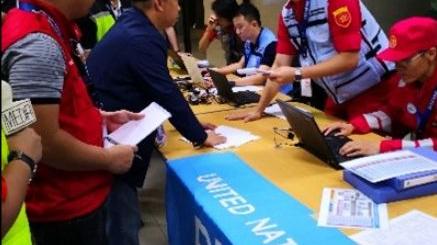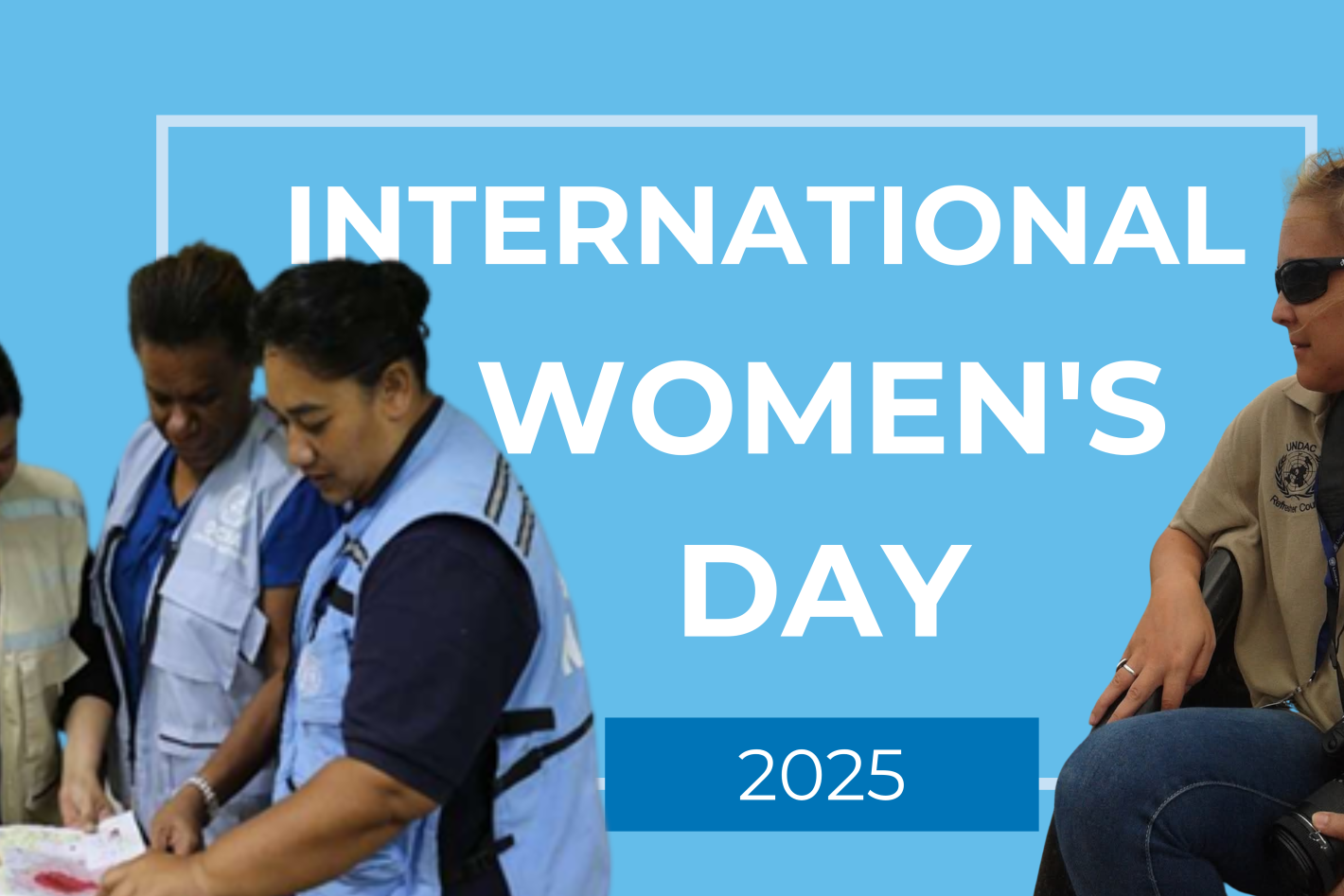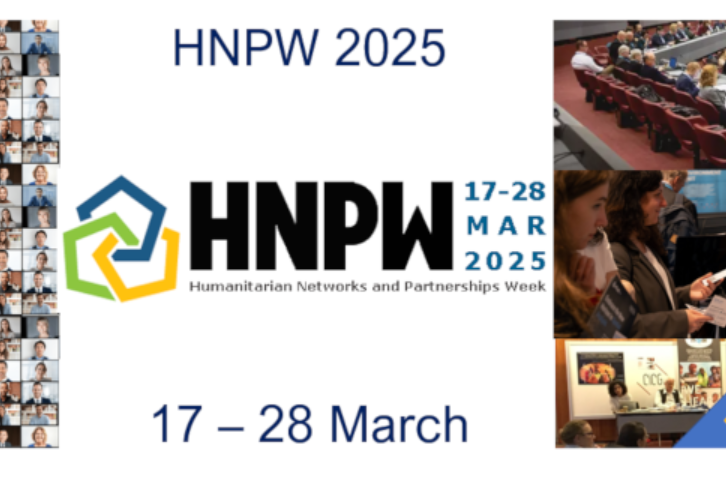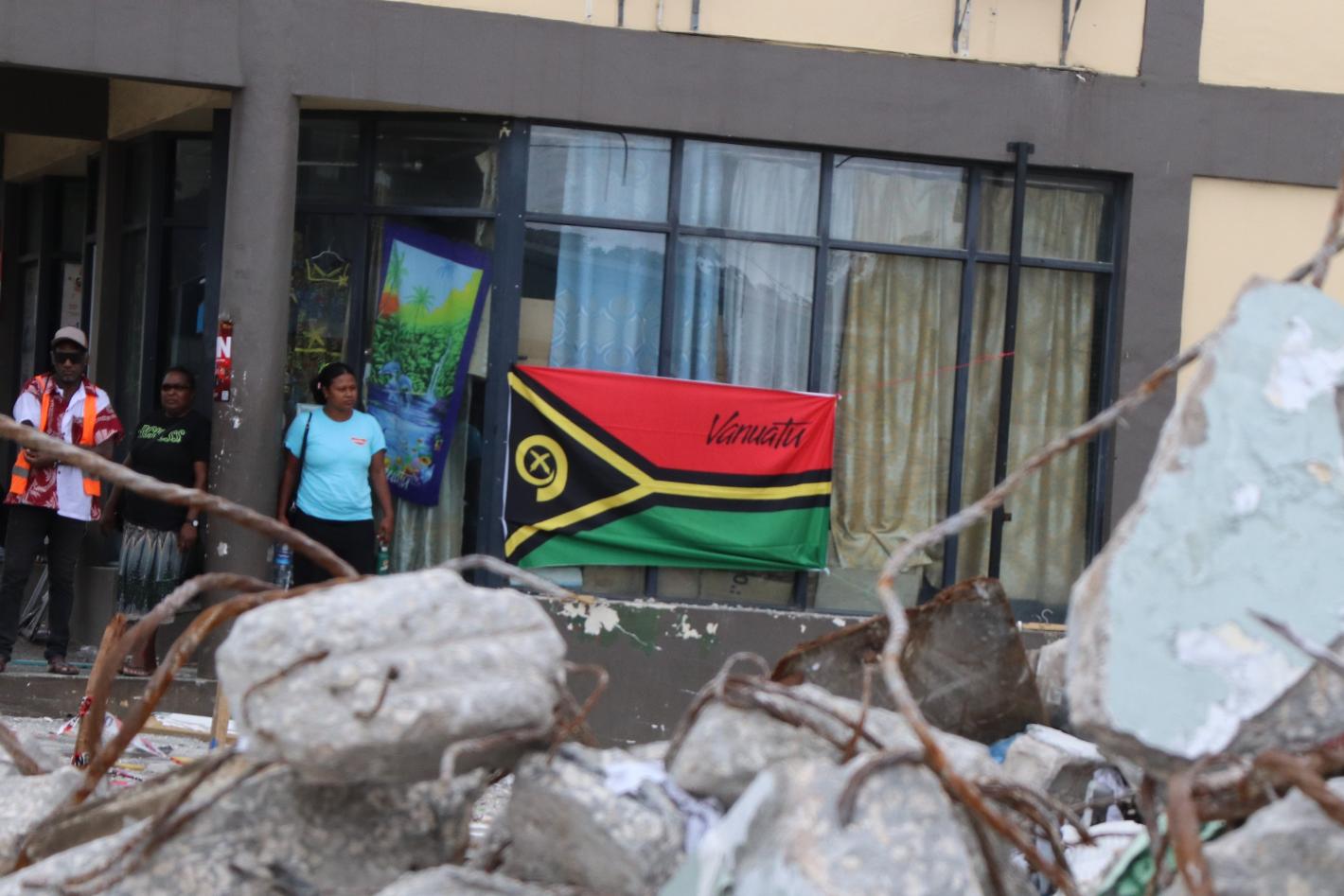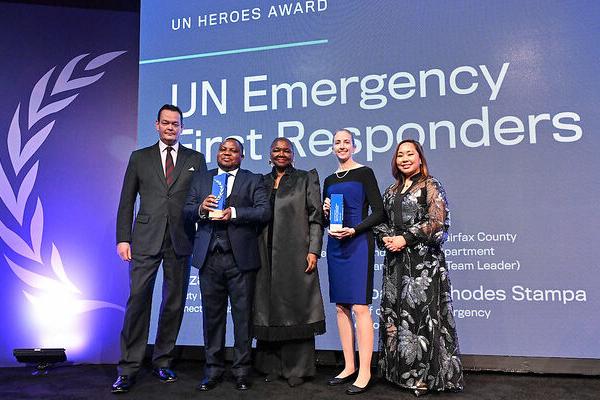For 17 years I have worked in the National Earthquake Response Support Service, a subordinate unit of the Ministry of Emergency Management, PR China and a professional organization responsible for earthquake and geological disaster emergency rescue. I have been engaged in earthquake emergency response and rescue logistics support, K9 management and international rescue coordination, mainly serving with the China International Search and Rescue Team (CHN-01) and China Search and Rescue Team (CHN-02).
Since my UNDAC induction course in 2016, I have participated in work related to international humanitarian coordination. In 2019, I was certificated as INSARAG UC trained staff. Benefiting from the understanding of the UNDAC and INSARAG systems, I mainly participate in the work of liaison group during international rescue missions, assisting the team to obtain information, communicate and coordinate at the disaster site. In preparedness, I apply knowledge from the two systems, in international USAR training course, the design of INSARAG International Earthquake Response Exercise (IERE), supporting the INSARAG External Classifications and Reclassifications. Meanwhile, I also participate in the Chinese translation of UNDAC Field Handbook and INSARAG Guidelines, and I have written an article introducing the response mechanism of UN international humanitarian assistance.
In March 2019, CHN-02 was deployed to Mozambique for humanitarian assistance, which was recognized by INSARAG as an example of “flexible response”. As a team member with UNDAC background, I studied the general status about Emergency Operations Center (EOC), Health Cluster and Emergency Medical Teams Coordination Centre (EMTCC) by contacting the Reception and Departure Center (RDC) before departure. During the operation, my colleagues in liaison group and I participated in EOC briefings and EMTCC meetings every day, submitted daily report and attended the Civil Military Coordination meetings as required. We supported the EOC and other international relief organizations by coordinating team’s resources, at the same time collected key information, obtained assignment and additional resources for team, so that the team can maintain close cooperation and smooth communication with EOC, EMTCC and other humanitarian organizations.
In February 2023, I was deployed with the Chinese USAR team, CHN-02, to respond to the earthquake in Türkiye. We established and managed the SSC5 (Sector Coordination Cell) together with the Italian USAR team, ITA-01, in the help of USAR Coordination staff from the USAR team from UK, GBR-01, and the Omani USAR team, OMA-01. Through information sharing, logistics support, and technical assistance, we coordinated the international USAR teams in SCC5, while I was the deputy manager of SCC5. We maintained good cooperation with neighboring UNDAC teams and worked closely to provide efficient services and support for the relief work of the local government and the rescue operations of the international USAR teams.
From my perspective, the two major mechanisms of OCHA, UNDAC and INSARAG, are guided by and conducting the same international humanitarian principles. They are significant components of the framework of the UN humanitarian assistance system. Especially in response to international earthquake relief operations, the two should be an organic whole, and in the life-saving phase they should give full play to their respective strengths, through resources and information sharing, tasking and coordination in the same pace, complementarity on expertise and modes, and jointly make greater contributions to international humanitarian assistance work.
I am very willing to make friends and discuss my work and life with you. You are welcome to contact me through the VO.

